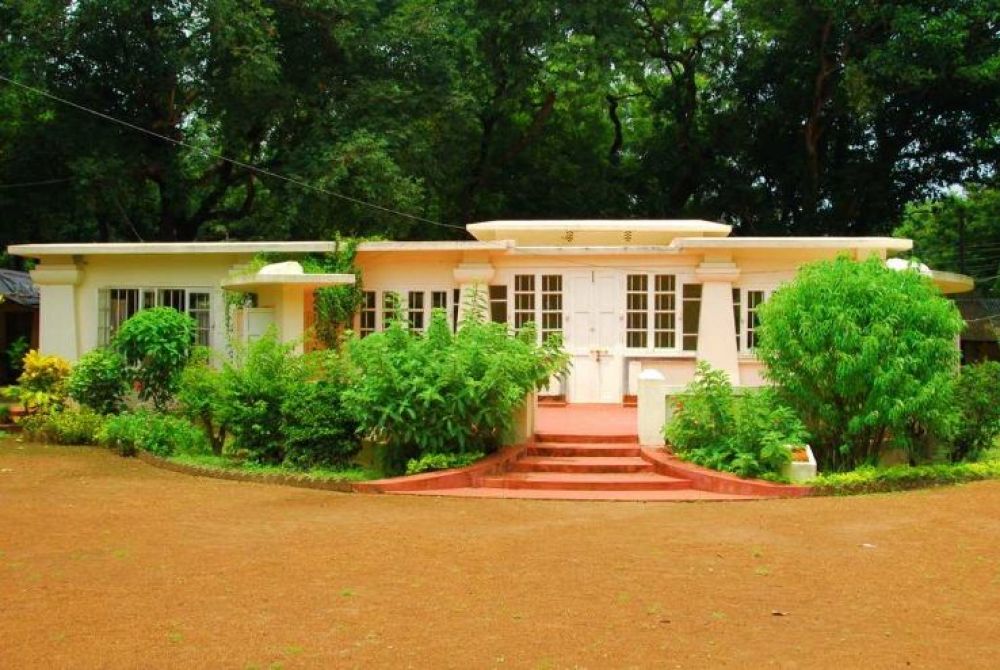

The Uttarayan Complex in Shantiniketan, West Bengal, India is a historical and cultural hub that has been attracting tourists and art lovers for many decades. Founded by the Nobel Laureate Rabindranath Tagore in 1901, Shantiniketan was initially an ashram and a school which later evolved into a university known as Visva-Bharati University. The Uttarayan complex is an integral part of this sprawling campus, featuring the homes where Tagore lived, wrote, and created many of his literary works.
The origins of tourism at the Uttarayan Complex are deeply connected to the visitations of intellectuals, artists, and scholars who came to interact with Tagore and to engage with the progressive educational environment of Visva-Bharati. Over the years, with the rise in international acclaim for Tagore's work, Shantiniketan and the Uttarayan Complex started attracting a wider audience comprising both domestic and international tourists.
Upon Tagore's receiving the Nobel Prize in 1913, there was a surge of interest in his philosophy and lifestyle. The tranquil environment of Uttarayan, along with the rich cultural programs held there, became key attractions. The establishment of various seasonal festivals like the Poush Mela and Basanta Utsav added to the draw of the place.
The greatest pull of the Uttarayan Complex is its association with Tagore. His former homes—Udayan, Konark, Shyamali, Punascha, and Udichi—all located within the complex, have been preserved and converted into museums. They stand as a testimony to Tagore's simplicity and his immeasurable contribution to art, literature, and education. Visiting Uttarayan is considered a pilgrimage for those who revere his work and legacy.
In recent times, there has been a growing emphasis on eco-tourism and cultural tourism in Shantiniketan. The Uttarayan Complex remains at the forefront of these trends with its serene environment and rich history. Additionally, engaging activities such as guided tours, educational workshops, and cultural events have become more frequent, enhancing the visitor experience.
Art enthusiasts and tourists also enjoy the unique handicrafts and artworks created by local artisans and students of Visva-Bharati. They reflect the profound artistic influence of Tagore's ideals and the institution's pedagogical focus on experimenting with different forms of creativity.
Besides being a popular weekend getaway for residents of Kolkata and surrounding regions, Shantiniketan with its Uttarayan Complex also features prominently on the cultural tourism map of India, attracting guests from far and wide.
When planning a visit to the Uttarayan Complex, tourists should consider timing their trip during one of the many festivals that light up the campus annually. The cooler winter months between December and February are considered the best time to visit, as they coincide with the Poush Mela, a vibrant fair that showcases local culture, arts, and crafts.
Today's tourists can enjoy a wide range of modern amenities alongside cultural exploration. With improved infrastructure and increased connectivity, Shantiniketan and the Uttarayan Complex have successfully retained their charm and continue to be a beacon of Bengal's heritage and an integral part of India's tourism tapestry.